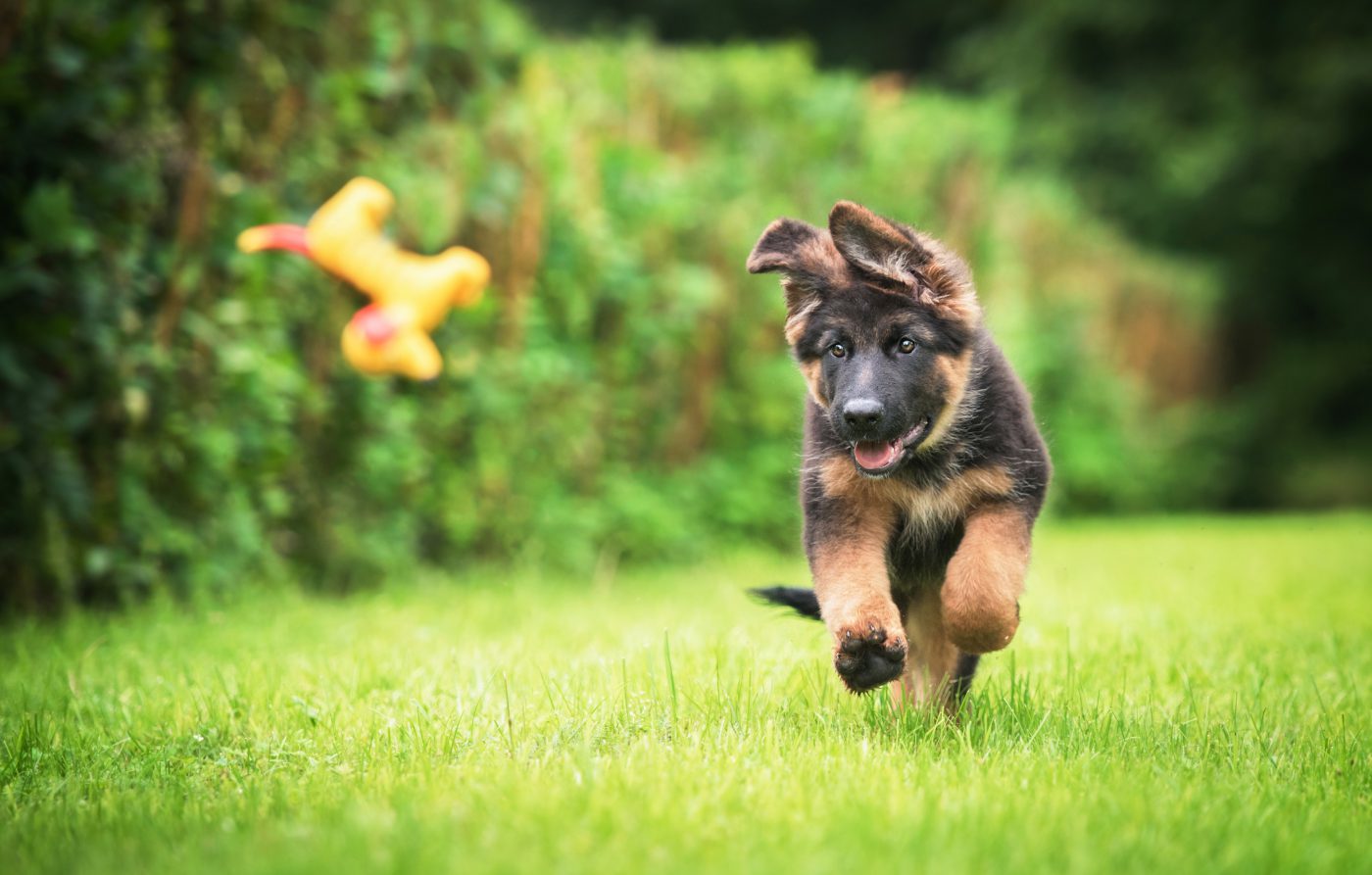

Welcoming a puppy into your home is an exciting journey filled with cuddles, playtime, and, most importantly, education. Training your puppy is not just about teaching them the rules of your home; it’s about fostering a bond of trust and understanding. In this post, we dive into the fundamentals of puppy training, focusing on housebreaking, crate training, and basic commands.
Housebreaking: The Foundation of Puppy Training
Housebreaking is the cornerstone of puppy training – it’s all about teaching your puppy where and when it’s appropriate to relieve themselves. This training requires consistency, patience, and positive reinforcement. Start by establishing a routine for your puppy, including regular meal times and potty breaks. Typically, puppies need to go outside first thing in the morning, after meals, and after naps or play sessions.
When your puppy successfully goes potty outside, praise them enthusiastically. If accidents happen indoors, it’s crucial not to punish them. Instead, interrupt the act gently and immediately take them outside. Remember, puppies learn through positive experiences, not fear or punishment.
Crate Training: A Safe Haven for Your Pup
Crate training is another fundamental aspect of raising a well-adjusted puppy. A crate can provide a safe, comfortable space for your dog, aiding in both housebreaking and preventing destructive behaviours. The key to successful crate training is making the crate a positive, welcoming environment – never use the crate as a form of punishment.
Start by introducing your puppy to the crate slowly. Encourage them to explore and enter the crate on their own by placing treats and toys inside. Gradually increase the time your puppy spends in the crate, always ensuring they have comfortable bedding, fresh water, and a few safe toys.
Basic Commands: Building Blocks of Obedience
Training your puppy basic commands like ‘sit’, ‘stay’, ‘come’, and ‘heel’ is not just about obedience; it’s about ensuring their safety. These commands form the building blocks of communication between you and your furry friend. Use treats and praise to reward your puppy for following a command. Keep training sessions short, fun, and consistent – remember, patience and positive reinforcement are your best tools.
Modern Training Tools: Perimeter Collars for Dogs
In addition to traditional training methods, modern technology offers tools that can aid in training and ensuring the safety of your puppy. One such tool is a perimeter collar for dogs. This device can help train your puppy to stay within the boundaries of your yard without the need for a physical fence. It’s a useful tool for reinforcing boundaries and preventing your puppy from wandering into potentially dangerous areas.
When using a perimeter collar, it’s crucial to combine its use with traditional training methods. This ensures your puppy understands the boundaries through positive reinforcement, not just by the collar’s guidance.
Ready to get started?
Training a puppy is a rewarding journey that requires time, patience, and consistency. By focusing on housebreaking, crate training, and basic commands, you set the foundation for a well-behaved, happy dog. Remember, every puppy is unique, and what works for one may not work for another – stay patient, be consistent, and enjoy the rewarding journey of raising your furry companion. Good luck!
